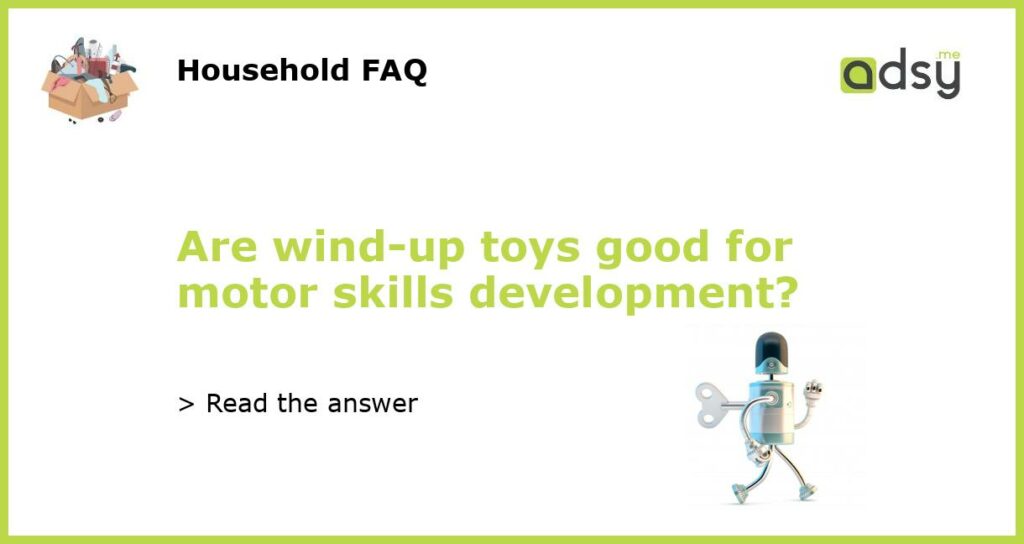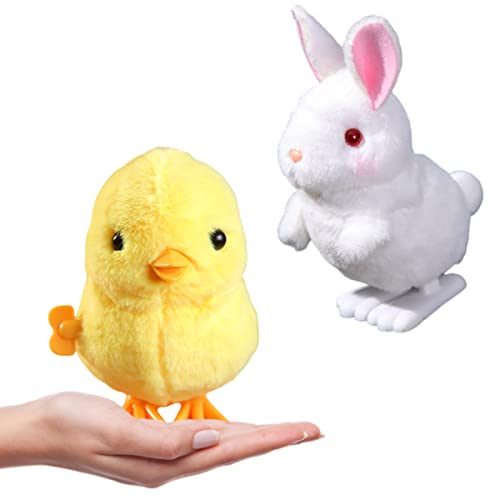Wind-up Toys and Motor Skills Development
Wind-up toys have long been a playtime favorite for children. These whimsical little toys rely on a simple mechanism that allows them to move when wound up with a key. But are wind-up toys more than just entertainment? Can they actually help with motor skills development in children? Let’s take a closer look.
Understanding Motor Skills Development
Motor skills are the abilities that enable us to perform different physical movements and actions. These skills can be categorized into two types: gross motor skills and fine motor skills. Gross motor skills refer to larger movements involving the use of muscles and coordination, such as running or jumping. Fine motor skills, on the other hand, involve smaller, more precise movements, such as picking up small objects or writing.
The Benefits of Wind-up Toys for Motor Skills Development
Wind-up toys can provide several benefits for motor skills development in children. Here are some ways in which these toys can help:
1. Hand-Eye Coordination: Wind-up toys require children to wind them up using their hands and then watch as they move. This action helps improve hand-eye coordination, as children need to synchronize their hand movements with their visual perception of the toy’s movement.
2. Fine Motor Skills: One of the key benefits of wind-up toys is their ability to help develop fine motor skills. As children wind up the toy using a key, they are utilizing their finger muscles and hand dexterity. This repetitive action can strengthen these muscles over time, improving their ability to perform more intricate tasks.
3. Problem-Solving Skills: Wind-up toys often have obstacles or challenges that children need to navigate to see the toy in action. This can involve figuring out how to wind up the toy properly or determining the best path for the toy to move. These problem-solving tasks engage children’s cognitive abilities and critical thinking skills.
Choosing the Right Wind-up Toys
Not all wind-up toys are created equal when it comes to motor skills development. Here are some factors to consider when choosing wind-up toys for your child:
1. Size and Weight: Look for wind-up toys that are appropriately sized and weighted for your child’s age and developmental stage. Toys that are too heavy or too small may be difficult for young children to handle and maneuver.
2. Complexity: Consider the level of complexity the wind-up toy offers. Toys that involve multiple movements or challenges can provide greater opportunities for motor skills development.
3. Safety: Always prioritize safety when selecting wind-up toys. Ensure that they are made from non-toxic materials, do not have small parts that could pose a choking hazard, and are sturdy enough to withstand playtime.
Wind-up toys can be a valuable tool for motor skills development in children. These toys help improve hand-eye coordination, fine motor skills, and problem-solving abilities. When choosing wind-up toys, consider factors such as size, complexity, and safety to ensure they are appropriate for your child’s age and developmental stage. So the next time you see a wind-up toy, don’t underestimate its potential for supporting your child’s motor skills development.






